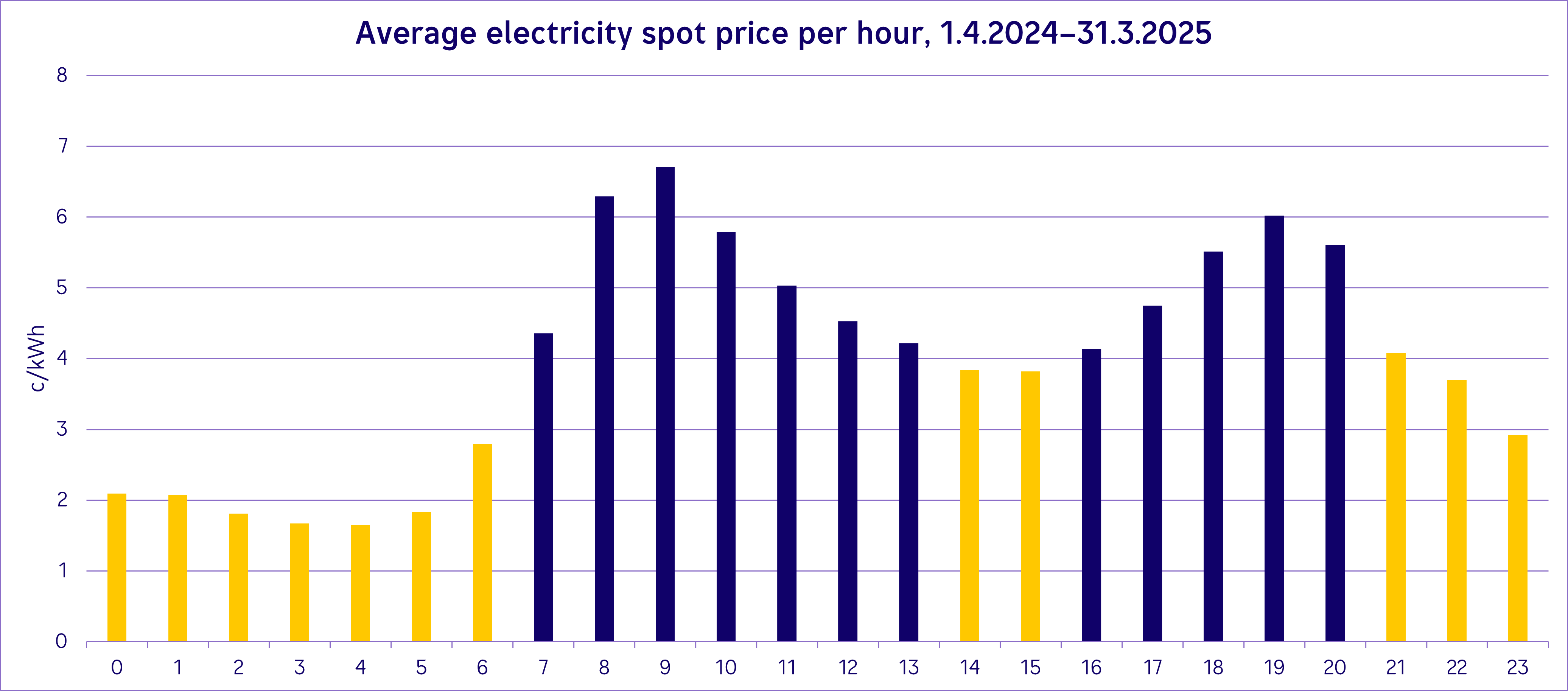
Study: Half of Finns time their electricity use – young people motivated by climate impact
Every second Finn tries to shift their electricity consumption to times when electricity is abundantly available, according to a survey commissioned by Helen and conducted by Norstat. The result reflects a desire to contribute to balancing the energy system and making more efficient use of renewable energy. However, the clearly biggest motivator for timing electricity use is cost savings.
Young respondents stand out in particular: among 18–29-year-olds who time their electricity use, the reduction of greenhouse gas emissions is a key motivator. 39% of these respondents cited this as a reason, compared to only 22% among respondents of all ages.
“This result shows young people's climate awareness and their desire to influence emissions through their own choices. Still, even for young people, cost savings were a more important factor than reducing greenhouse gas emissions when it came to timing electricity use. This indicates that energy companies should offer customers not only products based on clean energy but also the opportunity to influence their costs by adjusting their consumption,” says Anu-Elina Hintsa, SVP, Customers and services at Helen.
Among young respondents who time their electricity use, 72% said that cost savings encourage them to shift their consumption to times when electricity supply is high. Among respondents of all ages, the corresponding figure was 85%.
Timing electricity use to periods of high availability helps balance the energy system and electricity price fluctuations. It also reduces emissions from energy production, as electricity is most abundant on windy and sunny days when renewable energy production is at its peak. During these times, electricity is often also at its cheapest. When production and consumption align better, electricity prices remain more reasonable.

The diagram above shows the average hourly spot price of electricity between April 1, 2024, and March 31, 2025. The yellow bars in the diagram represent the cheapest hours of the day. Electricity is cheapest at night when consumption is at its lowest. In the afternoon, between 14–15, industrial and office consumption often levels off, but household consumption has not yet started to rise. At the same time, solar energy production is at its peak, especially in spring and summer.
How the study was conducted
Norstat surveyed the energy-related opinions of Finns aged 18–75 via an online panel on behalf of Helen between May 7–15, 2025. The panel included 1,011 respondents, of whom 20% were aged 18–29. The margin of error for the study is at most +/- 3.15%.